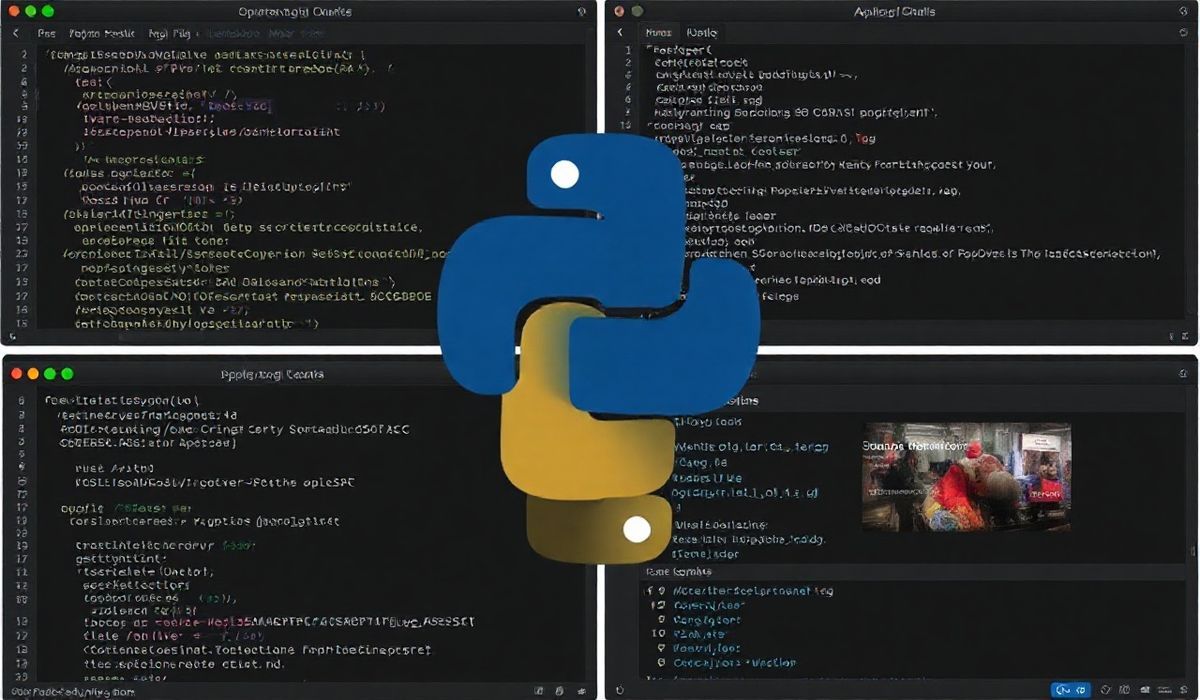Introduction to Charset Normalizer
In the modern age of diverse applications, handling text from various encoding systems efficiently is critical.
The charset-normalizer library is a robust Python package that facilitates text encoding detection,
normalization, and conversion. Inspired by chardet, charset-normalizer adds more reliability, robustness,
and support for a wide variety of encodings. This blog post will guide you through its rich set of features
and APIs with practical examples to help you get started.
Why Use Charset Normalizer?
- Detects and normalizes character encodings in text files or strings.
- Supports multiple encodings and multilingual documents.
- Reduces the chances of encoding errors and improves text integrity.
Installing Charset Normalizer
To install the library, simply use pip:
pip install charset-normalizer
Key APIs and Functionalities of Charset Normalizer
1. Detecting Encoding with from_bytes()
This API is used to detect the encoding of byte strings. Here’s an example:
from charset_normalizer import from_bytes byte_data = b'\xe4\xb8\xad\xe6\x96\x87' detection = from_bytes(byte_data) print(detection) # Prints a CharsetMatch object print(detection.best().first()) # Outputs encoding (e.g., 'utf-8')
2. Operating on Text Files with from_path()
Use from_path() to analyze a file and detect its encoding. Here’s how:
from charset_normalizer import from_path file_path = 'example.txt' detection = from_path(file_path) print(detection) # Prints a CharsetMatches collection print(detection.best().first()) # Outputs encoding (e.g., 'ISO-8859-1')
3. Working with Multiple Encodings
When dealing with multilingual files, you may need multiple encodings. Charset Normalizer makes this easy:
from charset_normalizer import from_path
file_path = 'multi-lang-file.txt'
detection = from_path(file_path)
for match in detection:
print(match.encoding, match.alphabets, match.language)
4. Converting Text to a Target Encoding
Normalize text to UTF-8 universally for consistency:
from charset_normalizer import from_path
file_path = 'legacy-encoded.txt'
detection = from_path(file_path)
for match in detection.best():
normalized_text = match.decode('utf-8')
print(normalized_text)
Application Example: Encoding Normalizer CLI Tool
Here is an example of building a small application to normalize files:
from charset_normalizer import from_path, CharsetMatches
def normalize_file(file_path, target_encoding='utf-8'):
detection: CharsetMatches = from_path(file_path)
if detection.best():
normalized_text = detection.best().first().decode(target_encoding)
with open(f'normalized_{file_path}', 'w', encoding=target_encoding) as f:
f.write(normalized_text)
print(f"File normalized and saved as 'normalized_{file_path}'")
else:
print("No suitable encoding detected.")
# Example usage
normalize_file('example.txt')
This tool quickly identifies encodings and normalizes text files for better compatibility.
Conclusion
The charset-normalizer library provides a fantastic way to handle and resolve character encoding
related challenges. Whether you’re dealing with single text strings or multilingual datasets, charset-normalizer
ensures a streamlined process. Enhance the quality of your text data with this powerful library today!




